Gallery Highlights
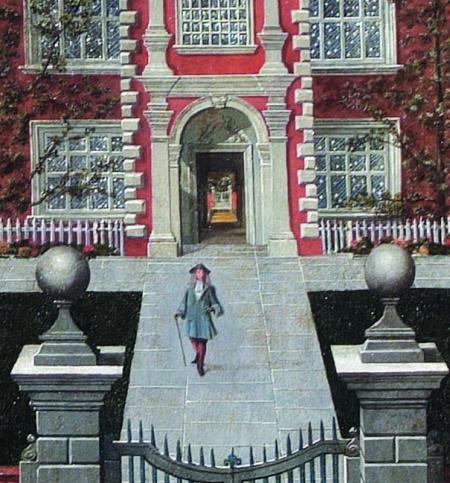
Bruce Castle, 1686
The Lost Painting
One of our star collections is the 1686 painting of Bruce Castle. A snapshot of 17th century life at the manor, this painting pays tribute to the end of the building works undertaken at Bruce Castle to the designs of Henry Hare, 2nd Lord Coleraine. He can be seen standing proudly on the central path.
Lord Coleraine and his father had helped set the trend in the 1680s for commissioning an artist to paint in oils a view of his country house. The painting is a rare survivor in this country, still gracing the walls of the house it depicts.
But this painting was almost lost to history. Art experts had been searching for the painting for decades, but it seemed to have disappeared. It was rediscovered in pieces parcelled up in a drawer. The next ten years saw the painting embark on an extraordinary journey of conservation.
With the invaluable help of the Friends of Bruce Castle and the National Lottery Heritage Fund, the last stage of exquisite and detailed work was completed by conservator Jim Dimond in 2002. The painting was unveiled at a ceremony by the Duke of Somerset that same year, rightfully taking its place once more at Bruce Castle.
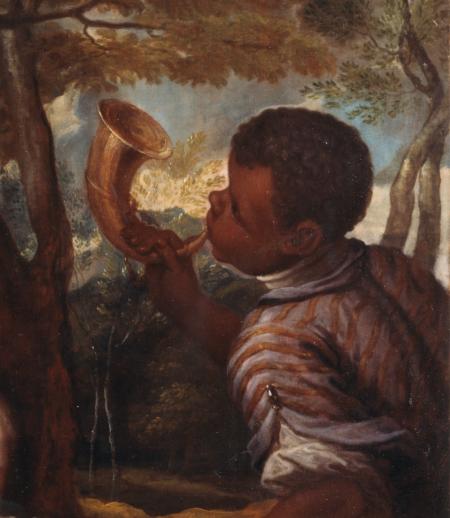
Lucius and Montague Hare and their African servant, c.1675
Redefining Haringey
This 17th century portrait depicts the Hare children and their unnamed African servant who were members of the household at Bruce Castle. The painting is a poignant and stark reminder of Britain’s entrenchment in the transatlantic slave trade.
This painting is one of fifty similar paintings made in Britain between 1660 and 1760. In 2007, the Museum worked with visual orator Akosua Bambara and elders from Haringey University of the Third Age to explore and better understand the history of this painting and to make transparent its complex history.
The painting is displayed alongside the resulting artwork ‘Redefining Haringey’, commissioned by the Friends of Bruce Castle with a grant from the Equalities Department in Haringey Council. The artwork is a legacy for the Bicentennial Commemorative year of the Abolition of the British Slave Trade in 2007.
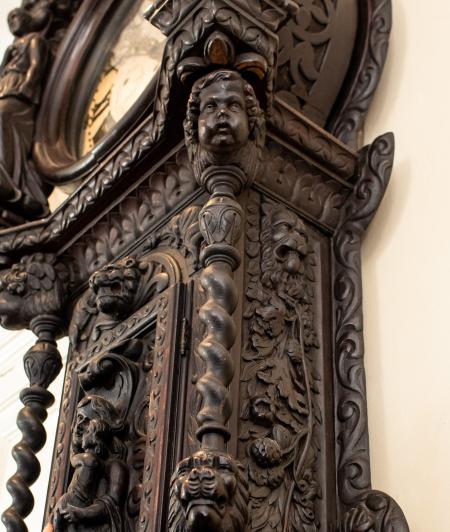
The Spurs Clock, 1840
Chiming with history
The stately ‘Spurs Clock’ towers above us all. Popular with football fans on a pilgrimage to uncover Spurs’ history, the clock is equally a spectacular stopping point for children and families, waiting to hear its chimes.
The clock might not be as old as the clock might like you to think! Come along and look for the clues to find out about its intriguing history and its former owner, the delightfully eccentric Billy Mudge. The clock is one of the objects on our touch tours where everyone can feel the intricate craftsmanship, and discover the creatures carved into the clock case.
Watch and Wind! Join staff when they wind the Spurs Clock and see the workings inside. Every Wednesday at 4pm.
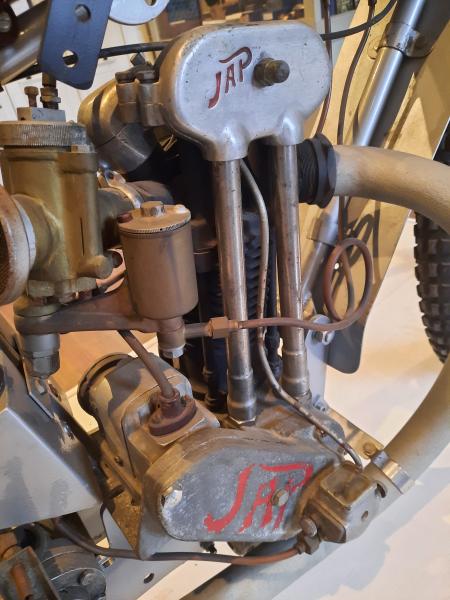
Speedway Motorbike, 1937
Vroom vroom!
A real crowd puller is our Speedway motorbike. Once delighting the crowds at Speedway races at Harringay Arena, our 1937 ace centrepiece in the Museum galleries was all crafted in Tottenham.
Engineer Victor Martin had workshops just down the road from the Museum. Its engine was made at the JAP factory, Tariff Road, Northumberland Park, and bears the initials of prolific inventor and pioneering engineer John A. Prestwich. The motorbike is an indicator of Tottenham’s former driving power behind the motorcycle industry in the Lea Valley. The motorbike brings back happy memories of Speedway - a wonderful gift from our volunteer Bill Rust, who found and restored it for the Museum’s 100th anniversary in 2006.

Althea McNish Textiles, 1957-1961
Design icon from Tottenham
A must-see are the vibrantly colourful and stunning textiles and the Tottenham art studio of one of the UK’s pioneering and most innovative textile designers - Althea McNish.
Working with N15 Archive, our permanent show of Althea’s beautiful fabrics, printmaking, photographs and paintings shares her story and the impact of her work undertaken with some of the top design companies in the world. Proud to be living in Tottenham for over 60 years, Althea was a changemaker in British design. She is celebrated and admired as the first designer of Caribbean decent to achieve such international recognition.
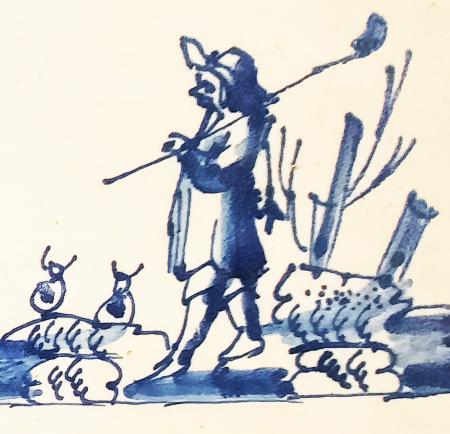
Delft Tiles, Dial House, Tottenham c. 1690
Night on the tiles
Another pearl in our collections is the delightfully appealing group of 17th century tin-glazed (Delftware) tiles. They originated from a fire-surround in Dial House on Tottenham High Road.
Blue and white wall tiles first appeared in London from about 1620, crafted to mimic the popular blue and white porcelain imported from China. These beautiful tiles from Dial House were likely made in the Netherlands. Craftsmen often painted scenes from daily life on the tiles, as well as biblical and mythological scenes. Such tiles were highly fashionable, used mostly for decorating and brightening up fireplaces. The painted scenes show different views of 17th century life, come along and count the sheep!